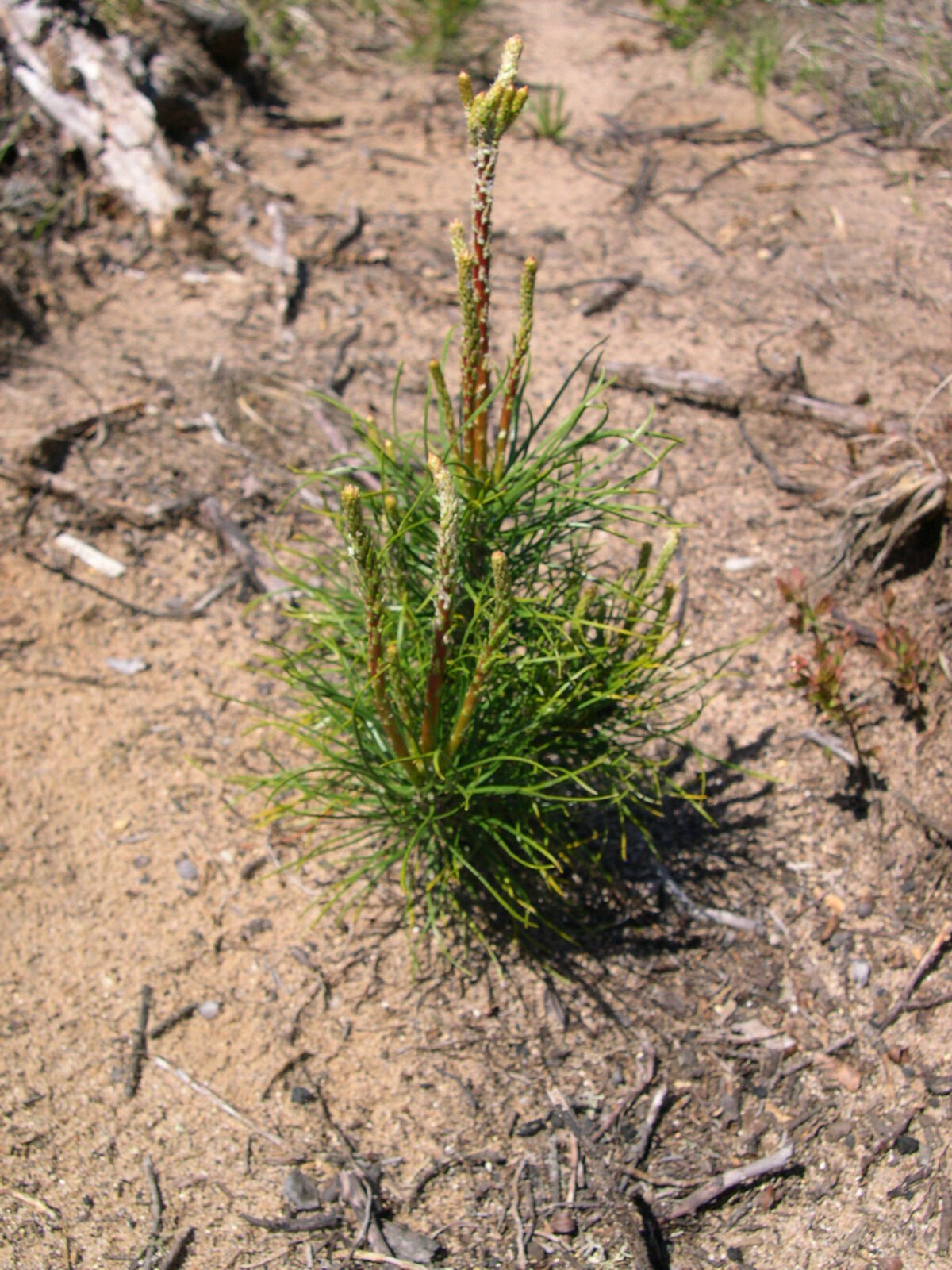Each year, we work with the U.S. Forest Service to find the most critical tree-planting projects on our National Forests. Thanks to NFF donors and partners, we have committed to dozens of exciting projects for 2020. Our efforts will span the country – from native species expansion on Georgia’s Chattahooche-Oconee National Forest, to disease restoration on Alaska’s Tongass National Forest – and help restore critical forest cover and wildlife habitat. Below are just a handful of the projects we have planned for 2020, and each takes us a small step closer to our 50 million tree planting goal.
At this moment, we are uncertain how the impacts of COVID-19 will affect scheduled projects. We will keep our supporters informed as we learn more from the U.S. Forest Service.

Planting on Gifford Pinchot’s Mt. Adams area.
Mt. Adams Fire Reforestation
Gifford Pinchot National Forest, Washington
Located in Southwest Washington, Gifford Pinchot National Forest’s Mt. Adams area has suffered three high-mortality wildfires over the past twelve years. The fires affected more than 18,000 acres combined, creating the need for a multi-year recovery effort. In our third year of planting on Mt. Adams, we will continue to stabilize the impacted slopes and restore the local seedbank by planting a mix of native conifers. Efforts will support fish habitat and future water regulation since planting will occur in the headwaters of the White Salmon River, a federally designated Wild and Scenic River and one of the region’s best rainbow trout fisheries.

A whitebark pine seedling planted on Beaverhead-Deerlodge National Forest.
Monument Fire Whitebark Pine Planting
Beaverhead-Deerlodge National Forest, Montana
In 2018, the lightening-caused Monument Fire burned more than 6,000 acres across Montana’s Beaverhead-Deerlodge National Forest. The fire decimated the area’s whitebark pines, a species already in decline due to mountain pine beetles and white pine blister rust disease. Whitebark pine plays an important role in hydrology by shading high elevation snowpack and providing a high value food source for wildlife such as grizzly bears. Replanting whitebark pine will help re-establish this important species and replenish forest cover.

Planting Engelmann spruce on Gunnison Ranger District.
Spruce Bark Beetle Reforestation
Grand Mesa, Uncompahgre and Gunnison National Forests, Colorado
Over the past decade, Colorado’s Grand Mesa, Uncompahgre and Gunnison National Forests have been under attack from spruce bark beetles. About the size of a grain of rice, spruce bark beetles take advantage of drought-stressed trees that are unable to produce enough sap to flush out the insects. To combat this outbreak, we will plant thousands of Engelmann spruce seedlings on beetle-affected areas where the chance for natural regeneration is very low. Active replanting will jump-start forest recovery and improve habitat for the region’s abundant wildlife.

Shortleaf pine seedlings.
Kisatchie Longleaf and Shortleaf Pine Reforestation
Kisatchie National Forest, Louisiana
Centuries of overharvest on what is now Kisatchie National Forest greatly reduced the extent of native longleaf and shortleaf pine trees in central Louisiana. Longleaf and shortleaf pine historically stretched across the southern and eastern states. Planting locally adapted longleaf and shortleaf pine on hundreds of acres of the Kisatchie will restore native ecosystems and ensure that the forest will be well adapted and more resilient to drought and other disturbances.

A young jack pine in the sandy soil of Huron-Manistee National Forest.
Nuthatch Reforestation
Huron-Manistee National Forest, Michigan
Much of Huron-Manistee National Forest is covered in jack pine forests, an important habitat for Kirtland’s warbler. The little songbird was recently removed from the endangered species list though still remains rare. Forest fires historically created Kirtland’s warbler required nesting habitat – young jack pines, sufficiently spaced apart for sun infiltration - but fire suppression and other past forest management activities contributed to the bird’s decline. Planting jack pine seedlings in a way that mimics historic fire conditions will create quality habitat for Kirtland’s warbler and the many other species that inhabit the Huron-Manistee.
Learn more about NFF’s tree planting program.
Help plant 50 million trees on our National Forests by donating today.
All photos by the USDA Forest Service

